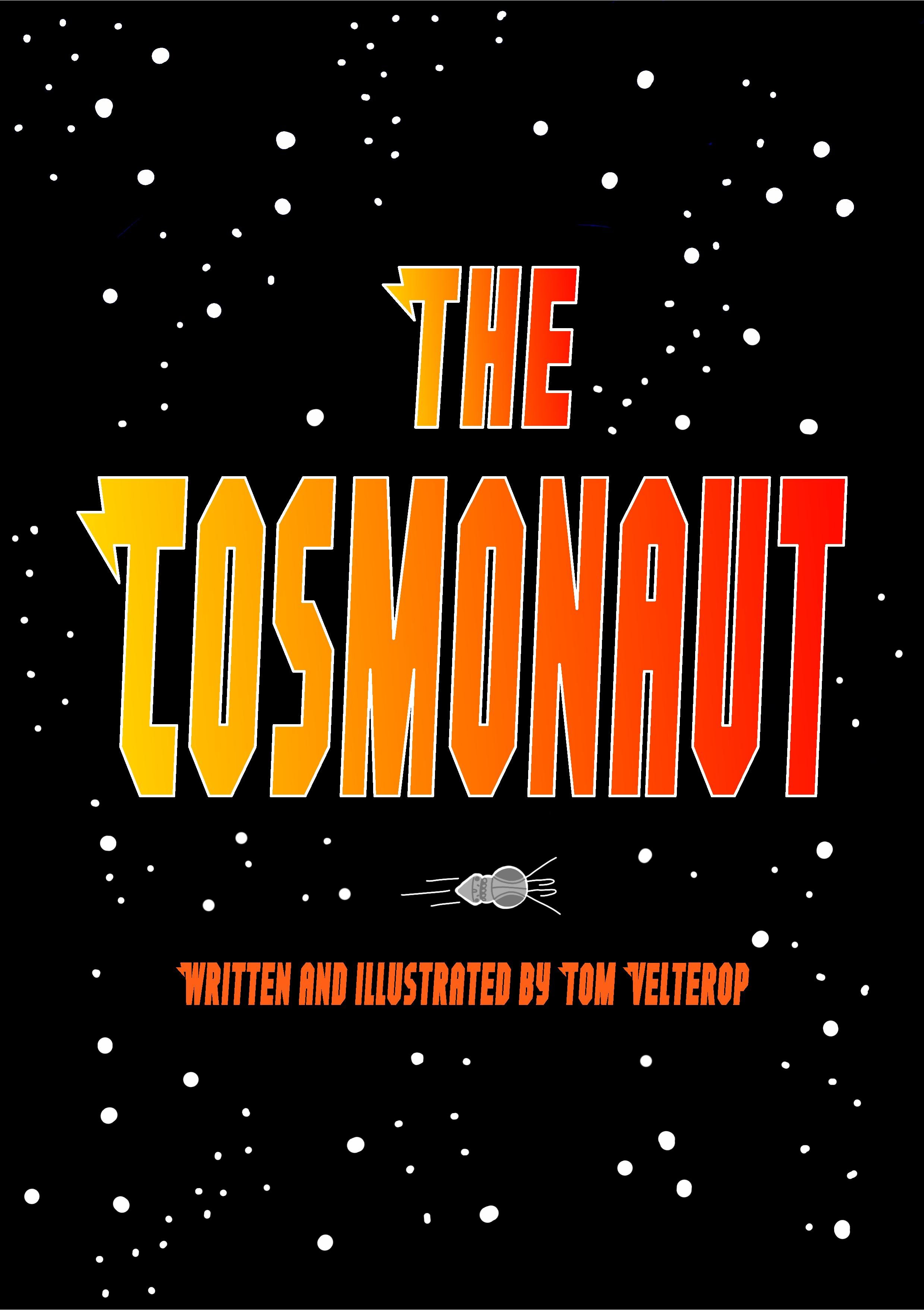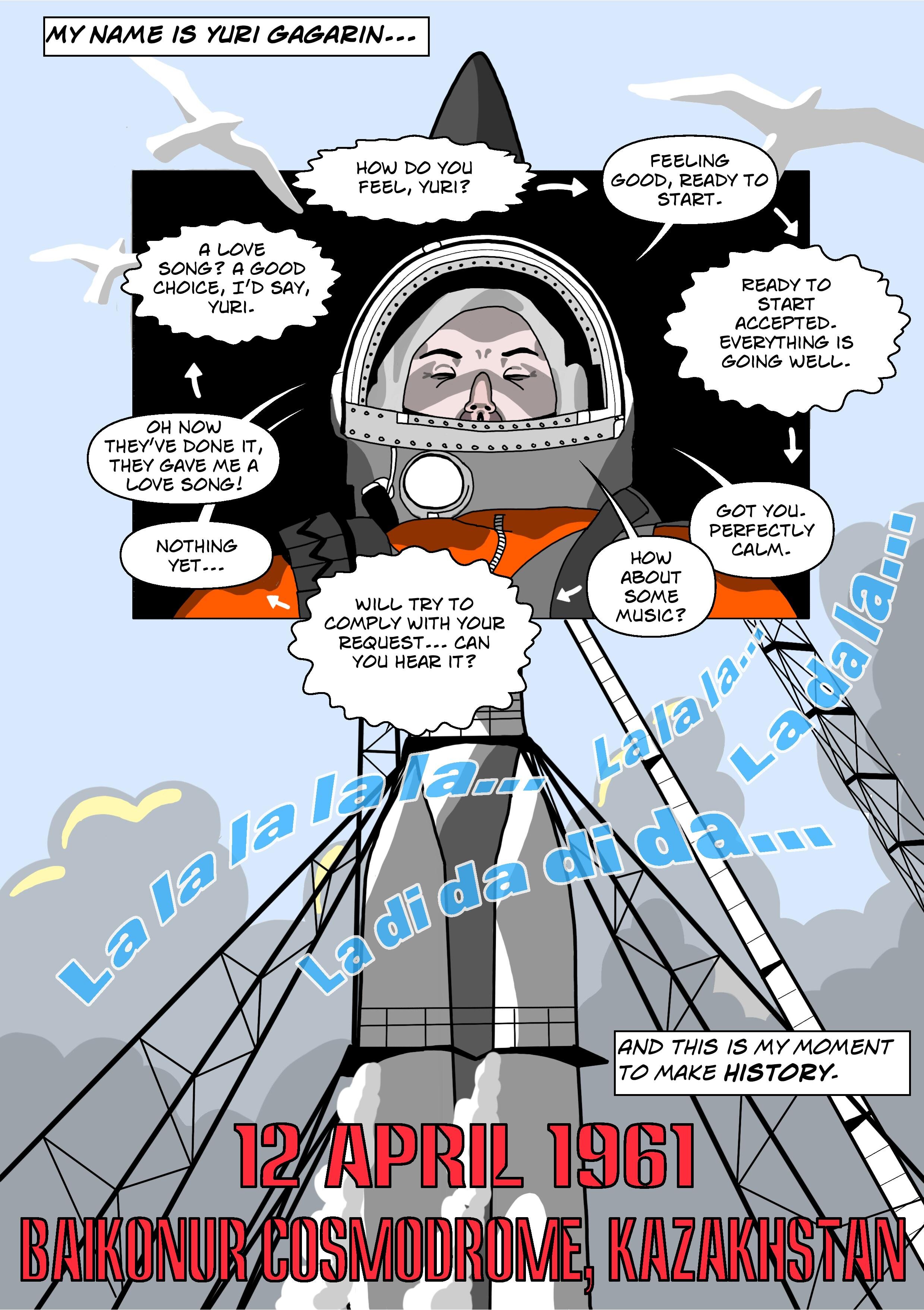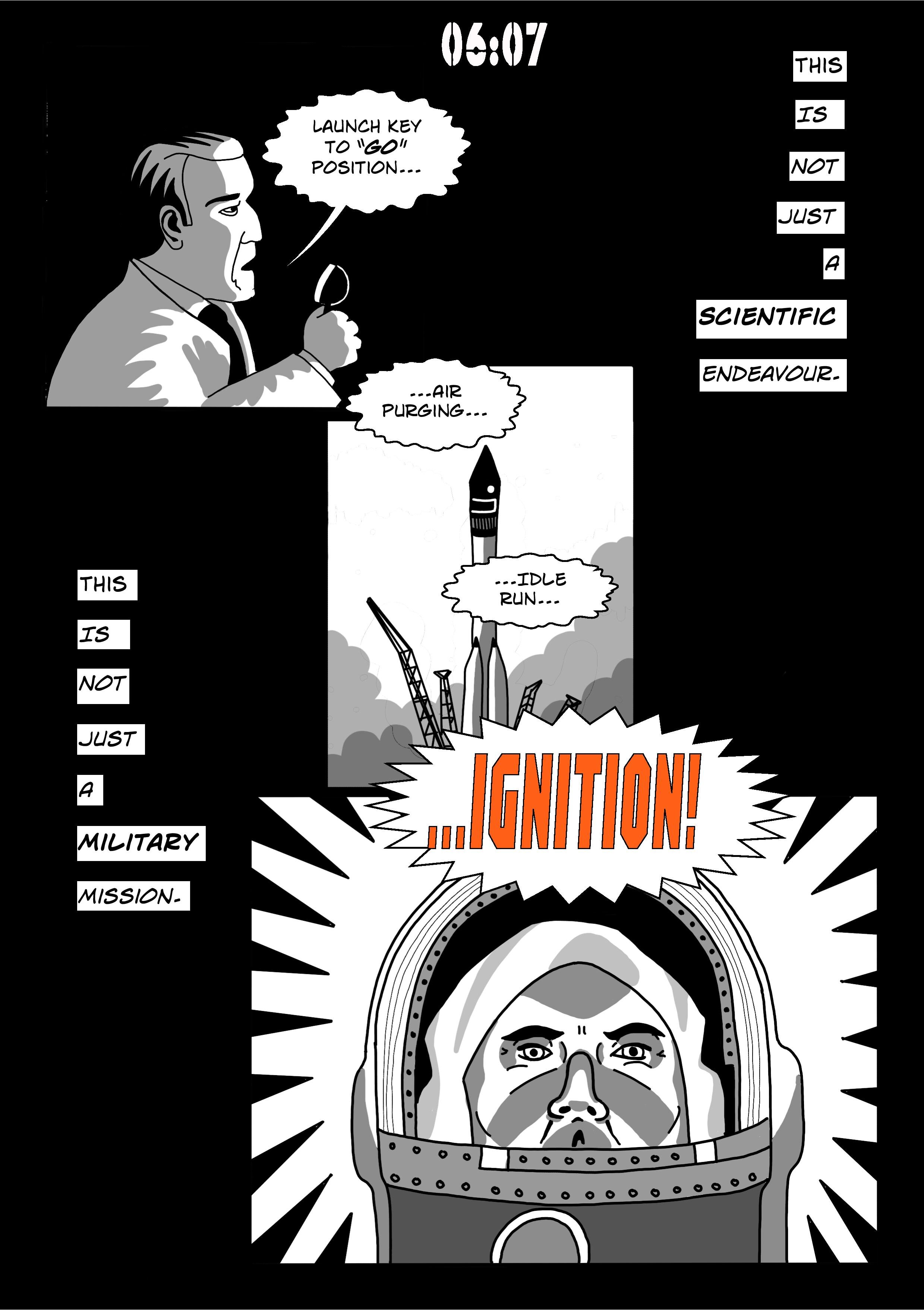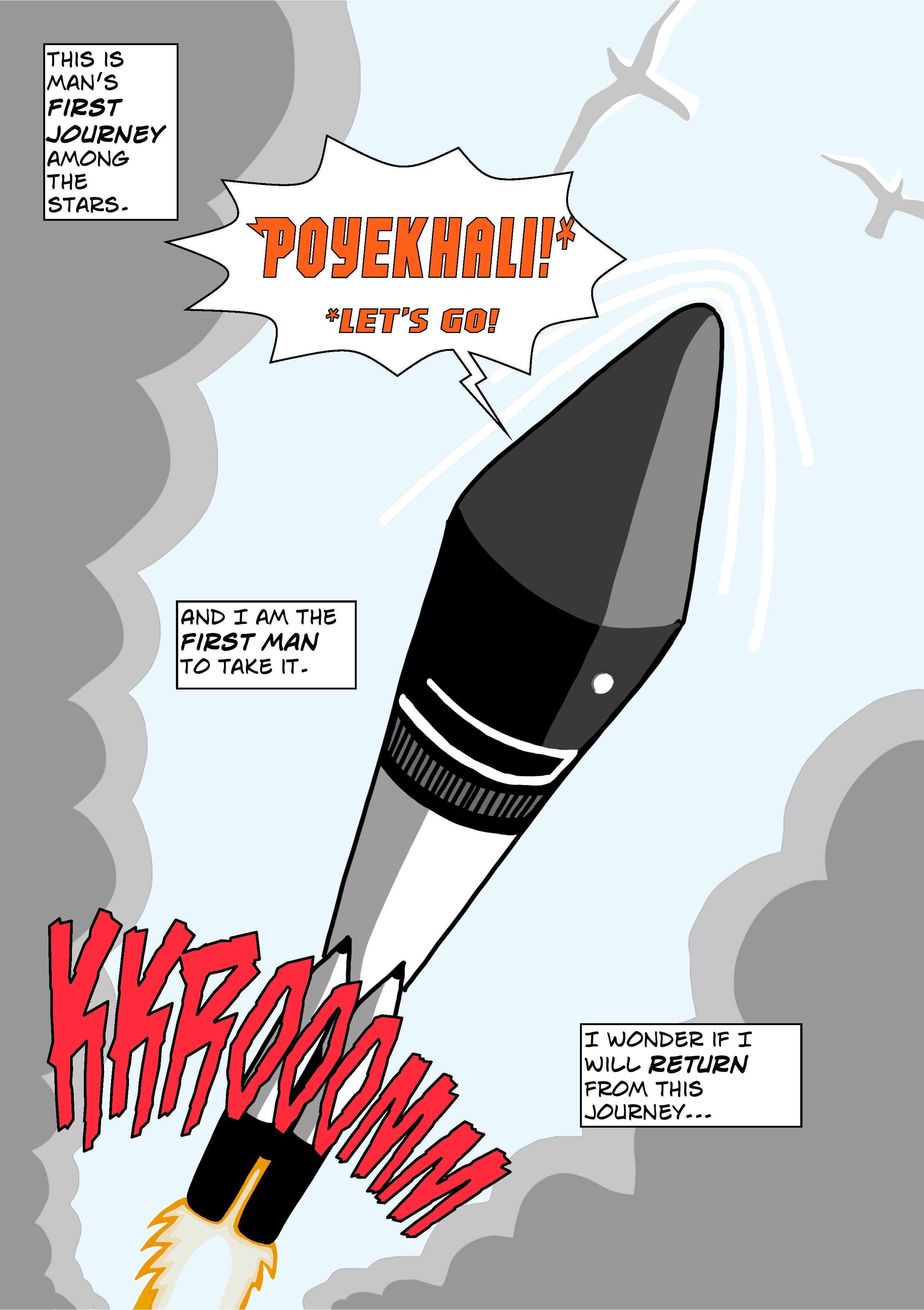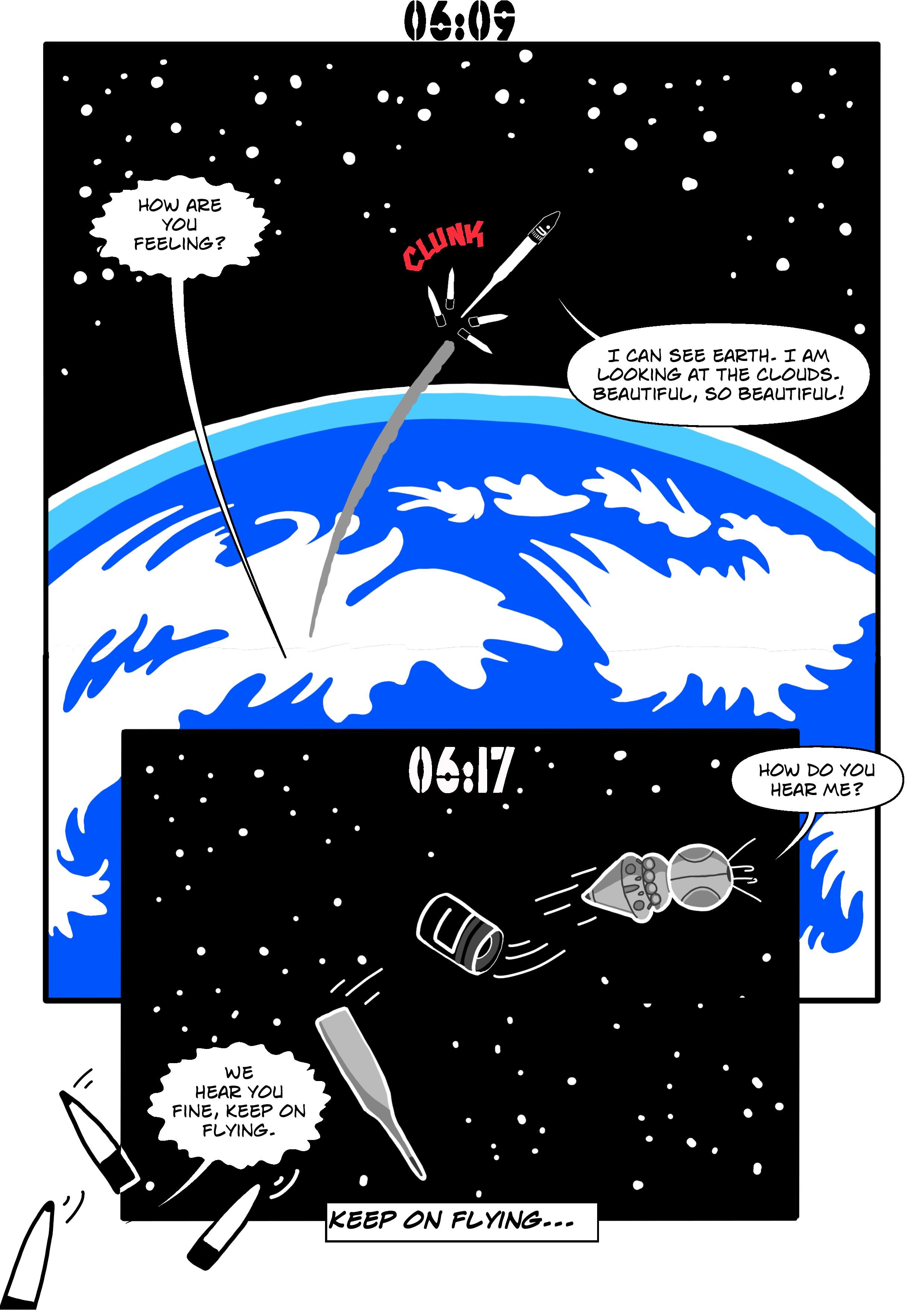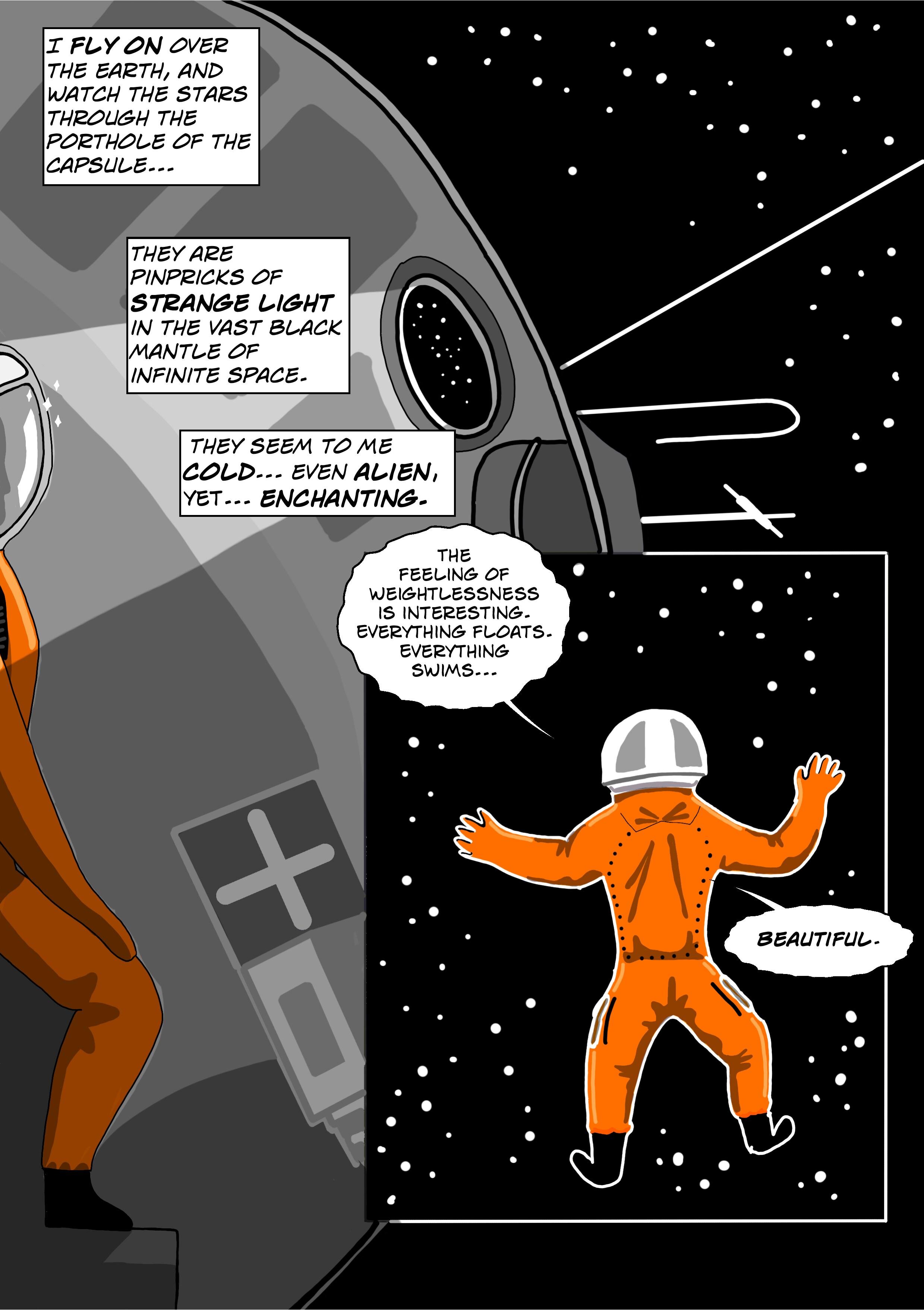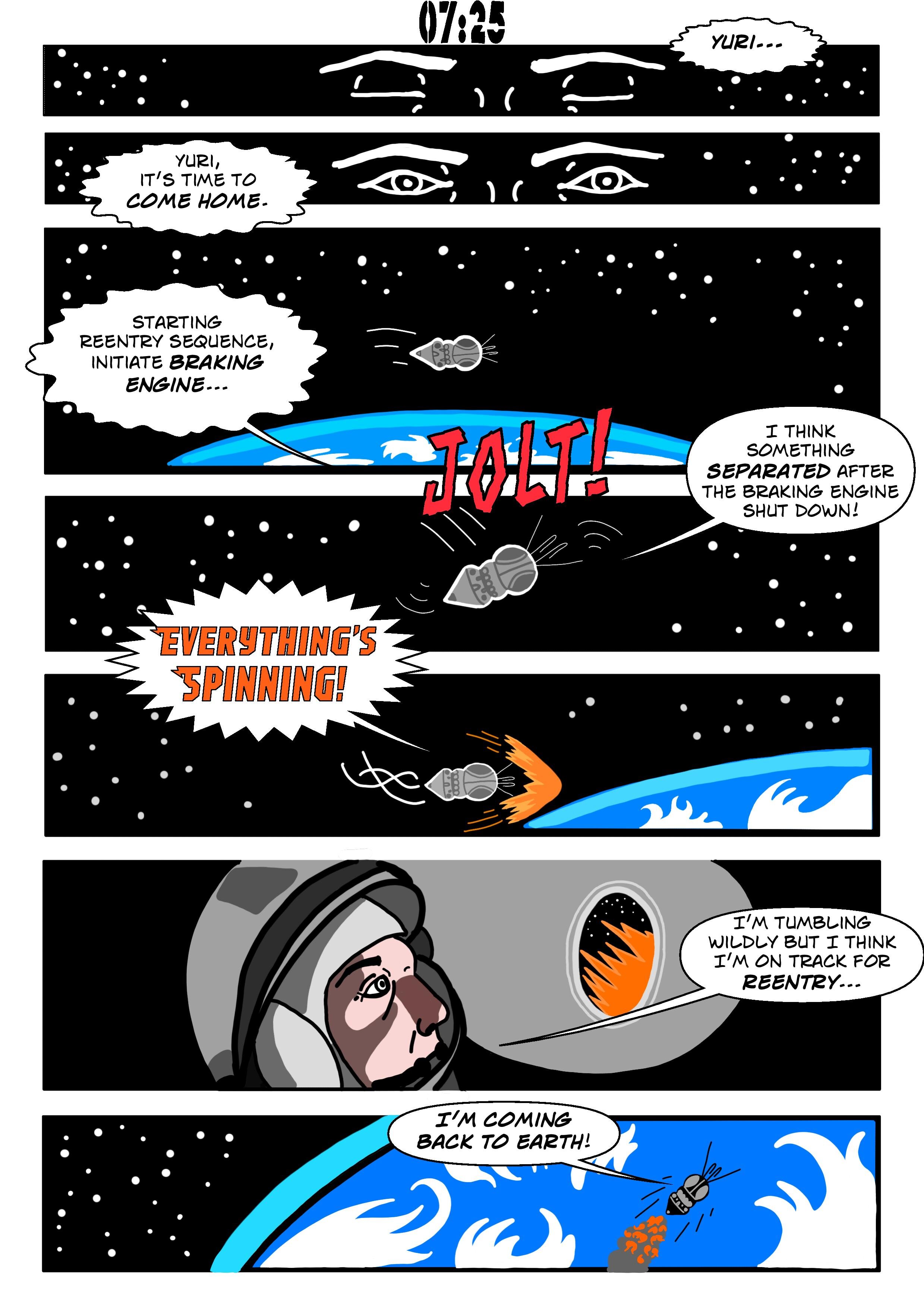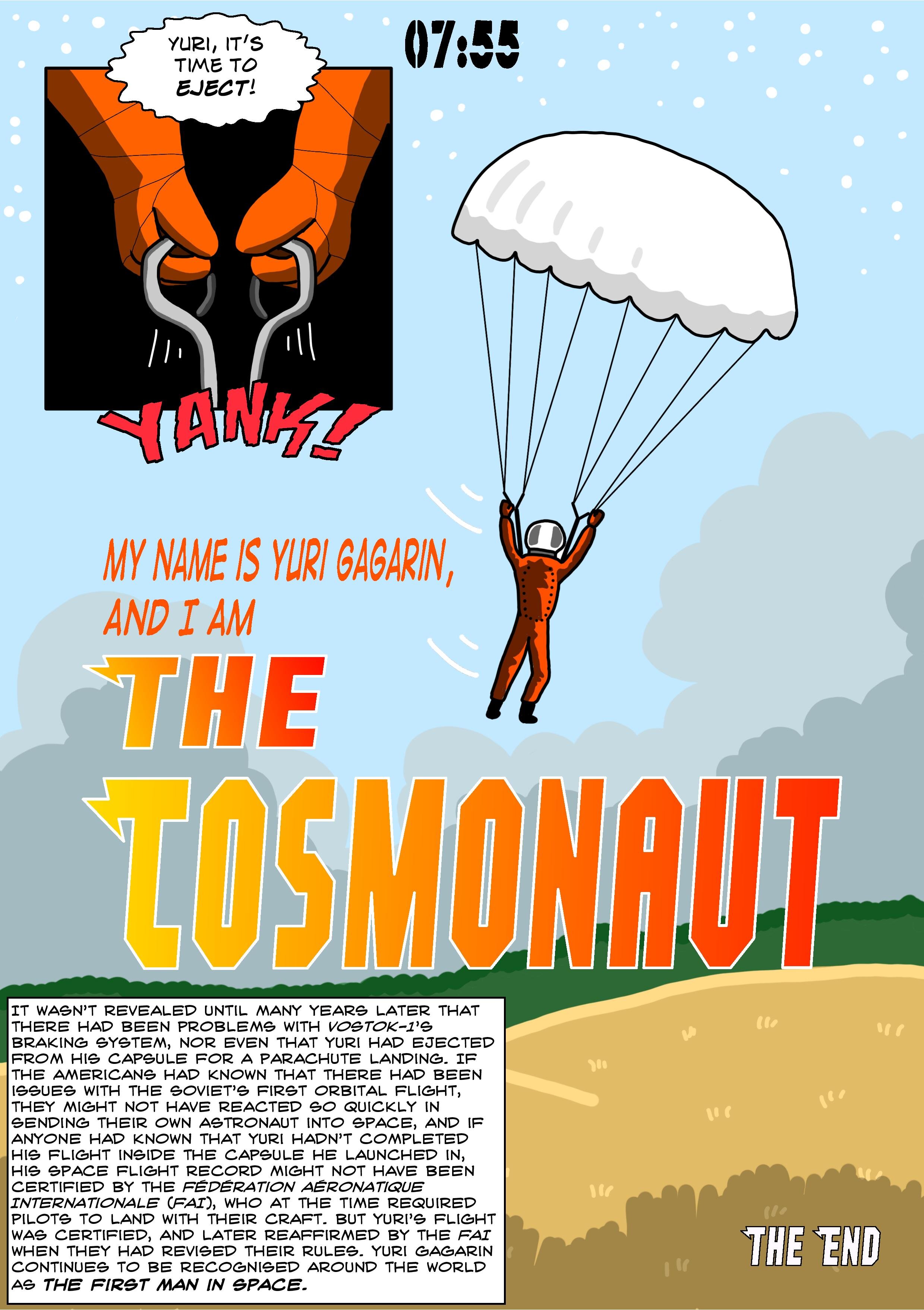The Cosmonaut by Tom Velterop
This piece is response to a 3rd year module called Literature and Journalism. The brief required students to choose an event in history and respond to it in two ways: first, by choosing a traditional journalism form and writing about this event within it; second, by also responding to the same event with a piece of narrative journalism.
In this response, we see 3rd year Journalism and Creative Writing student, Tom Velterop, tackle the story of Yuri Gagarin in a traditional news report and in the form of a short graphic novel. An excellent example of how our students expand their horizons by experimenting with form. Below you will encounter the news report, followed by the graphic novel.
THE FIRST MAN IN SPACE (IS A SOVIET)
The Soviet Union has taken the first medal at the start of the Space Race – what will come next in the fight for the heavens?
The Baikonur Cosmodrome, Kazakhstan – 12th April, 1961
Major Yuri Gagarin is the first man to enter space and orbit the Earth once. On the 12th April, the Soviet Union successfully launched the rocket Vostok-1 at 6.07 UTC with its cosmonaut, Gagarin, on board. The capsule and its passenger completed a full orbit of the Earth in 108 minutes, re-entering the atmosphere and landing at 7.55 UTC, with Gagarin unharmed.
“I feel well,” reported Gagarin upon his safe return, and looked to be in high spirits.
The flight of Vostok-1 marks a massive leap forward for the Soviet Union in what is now being called the ‘Space Race’. Once again, following the successful launch of Sputnik-1 – the first artificial Earth satellite, launched by the Soviet Union October 4th 1957 and followed almost four months later by the American satellite, Juno-1 – the Soviet Union has left America floundering in its wake.
Nikita Khrushchev, the Premier of the Soviet Union, revelled in his victory, and said the flight “reflected the heroic accomplishments of the Soviet people.”
What great step forward will the Soviets, and their mysterious Chief Designer – the unnamed man responsible for success of Sputnik and Vostok-1 – take next?
How will America respond?
The National Aeronautics and Space Administration (NASA), formerly the National Advisory Committee for Aeronautics, is meanwhile focusing all its efforts on Project Mercury – the mission to put an American into space.
Seven brave men will be America’s astronauts – the vanguard of the Space Race conflict: Alan Shepard, Gus Grissom, John Glenn, Scott Carpenter, Wally Schirra, Gordon Cooper and Deke Slayton.
One of these American heroes will soon take the fight to the Soviets, and follow Yuri Gagarin into space – the stage for this newest, and strangest war that America has ever fought.
The first flight of Project Mercury, however, won’t be an orbital flight, such as Gagarin’s. It will be only a ‘sub orbital’ flight, straight up and straight back down again, the Mercury capsule with its astronaut inside splash landing into the Atlantic.
The Mercury-Redstone Launch Vehicle, our American rocket to the stars modified from the Redstone liquid-fuelled ballistic missile, has already flown several times, and will fly again, before it attempts to carry its first man into space.
November 21, 1960. The first attempted flight of Mercury-Redstone 1, with an empty capsule, was aborted at lift-off due to an electrical fault.
December 19, 1960. Mercury-Redstone 1A completed a successful flight with an empty capsule.
January 31, 1961. Mercury-Redstone 2 lifted Ham the chimpanzee to the stars, and brought him safely back home.
March 24, 1961. Mercury-Redstone BD took a developmental flight to test a new boilerplate capsule.
And, April 12. Vostok-1 flung Yuri Gagarin to first place in the great Space Race.
Cape Canaveral, Florida – 5th May, 1961
Less than a month later, Alan Shepard, the man chosen to pick up Gagarin’s gauntlet, sat inside the capsule of Mercury-Redstone 3 as it stands waiting on the launch pad.
The countdown had begun the day before, at 8.30am EST, proceeding as normal until a planned hold to install pyrotechnics, service the hydrogen peroxide system and give personnel some rest.
The countdown resumed at 11.30pm EST, until another planned hold early in the morning of the 5th to complete spacecraft preparations before Shepard was transported to the launch pad.
The countdown continued, until the moment had almost arrived, but fifteen minutes before launch another hold was called; the sky above the rocket was overcast.
While waiting for the clouds to clear, another hold was called to replace a 115-volt, 400hz power inverter in the electrical system of the launch vehicle.
The inverter replacement took almost an hour, and the countdown was recycled to thirty five minutes to launch.
Fifteen minutes before launch, a Goddard IBM 7090 computer was found to be in error. There was another hold, which lasted over two and half hours.
The countdown started again. Alan Shepard had at this time been waiting in his capsule for more than four hours.
Finally, the last ten seconds were counted down, crowds of reporters, photographers and NASA and government personnel waiting anxiously.
The rocket ignites, and Alan Shepard is propelled from the earth.
President John F. Kennedy – “An outstanding contribution to the advancement of human knowledge”
After Alan Shepard had splashed down safely in the Atlantic, President Kennedy congratulated America’s first man in space on the lawn of the White House.
“Now I want to give this award, the National Aeronautics and Space Administration Award, to Alan B. Shepard Jr., the NASA Distinguished Service Medal for outstanding contributions to space technology,” said President Kennedy, standing outside the White House with Shepard, his wife, and the other six astronauts who are yet to make their first flights into space. “His flight as the first United States astronaut was an outstanding contribution to the advancement of human knowledge of space technology, and a demonstration of man’s capabilities in suborbital spaceflight.”
by Tom Velterop


